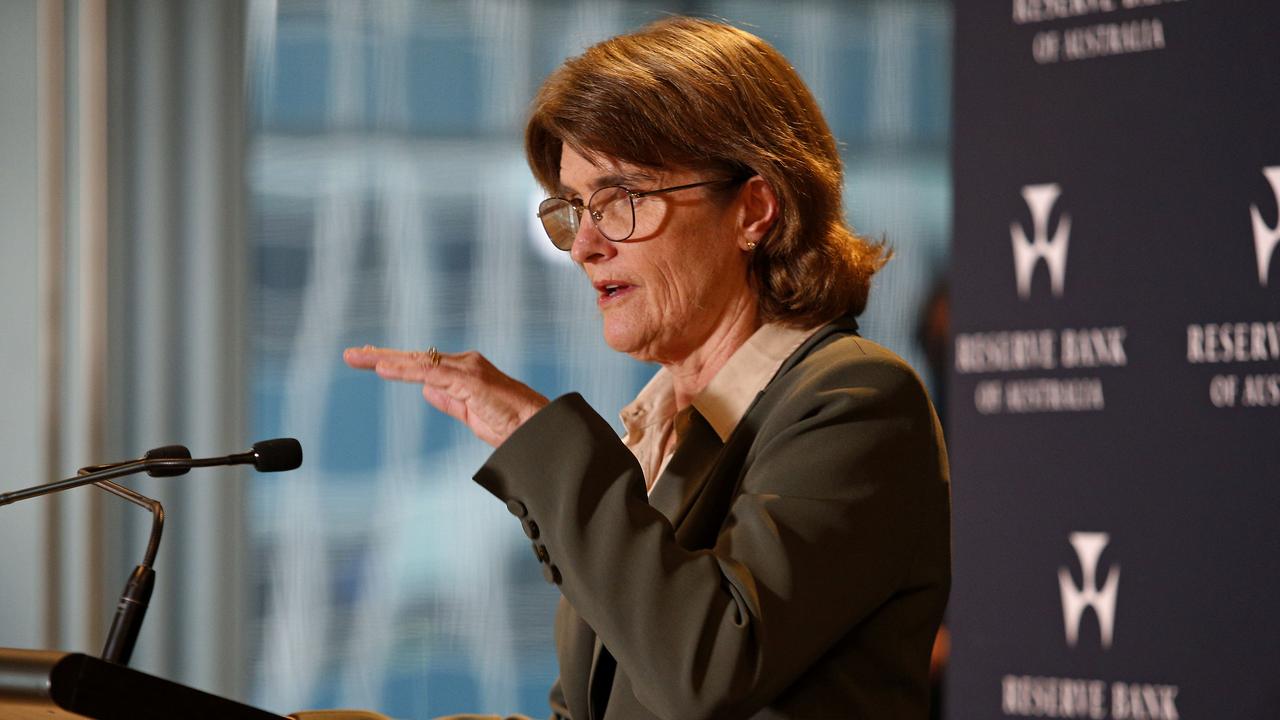
When Reserve Bank governor Philip Lowe first began talking about a “gentle turning point” in the economy before parliament in August, it was widely dismissed as a bit of routine cheerleading.
After all, endless optimism is just part of the gig of central bankers, and Lowe is no exception. Just for fun, try to imagine a parallel universe where economic policymakers prefer a default narrative of imminent ruin.
Still, Lowe seemed to sense earlier than most that the currents of the economy, now in its 28th year of growth, were running again, albeit with a momentum that was only just moving the dial.
Having cut interest rates in June and July, Lowe told the House of Representatives Standing Committee on Economics on August 9 that there are signs the economy might be doing better and the central bank was forecasting better growth “after a run of disappointing numbers”.
His hunch was based on a solid first quarter growth number of 0.5 per cent, and a bet that the second quarter would produce something similar. But it wasn’t going to be hard to go faster than the truly crummy growth of just 0.4 per cent in the final six months of 2018.
It turned out that Lowe was right, as GDP growth in the first half of 2019 was indeed a kind of turning point, even though the economy expanded at its slowest pace in a decade in the year to June 30.
So talk of better times for the economy remained tenuous. This was Lowe cheerleading from the sidelines, desperately trying to lift his team with a few high kicks and a bit of gymnastics.
But as the economy drifts into the final months of 2019, there’s increasing evidence that the mix of interest rate cuts (a third delivered in October), income tax cuts mid-year and Lowe’s spirited chanting are having some effect.
The housing market has revved back to life. Property research group CoreLogic said on Friday that house prices recorded their biggest rise in well over four years in October, with Melbourne prices rising at their fastest monthly pace in a decade.
The jump is due to a combination of tight housing supply, falling mortgage interest rates, some freeing up of credit and the seemingly inexhaustible demand for property among average Australians.
On the face of it, the jump should be a source of worry for the RBA. The worst possible outcome would be that interest rate cuts do little more fuel an asset price surge, adding to already record levels of household debt. Some of that worry is offset by still soft housing credit growth.
Data this week also showed residential building approvals jumped by 7.6 per cent in September, beating an expected flat outcome.
All eyes will be on retail sales data for September on Monday. If it contains more evidence that interest rate cuts are fanning a bit more confidence among consumers, Lowe’s economic turning point will crystallise a bit more.
“We think there will be more evidence of this in September … This would be an indication of the gentle turning point in economic growth,” said David Plank, ANZ’s head of Australian economics.
All this comes as the geopolitical risk associated with Brexit and the trade was between the US and China has receded a bit. This will lift a huge weight off the shoulders of the RBA which had clearly grown downbeat on the global outlook. With the gentle turning point in the economy more evident, the RBA can sit out the rest of the year, with a view to reassessing policy settings in February.
The big uncertainty remains the job market. The RBA has set itself a high bar of getting the jobless rate down to 4.5 per cent or lower from 5.2 per cent currently. Given the underlying pulse of the economy, that still seems like a bit of an impossible dream, at least in the near term.
So, Lowe is a long way from abandoning an easing bias, and at least one interest rate cut in 2020 should be pencilled in. There’s still a lot of heavy lifting in the economy to be done.
Ongoing talk of lower interest rates will also keep downward pressure on the Australian dollar. The RBA can’t afford circumstances that include the Aussie climbing as it would severely blunt what remaining policy firepower it has in reserve.
The economic turning point now seems to be real. That’s an important victory for the RBA in what has been a pretty testing year.
Dow Jones newswires



